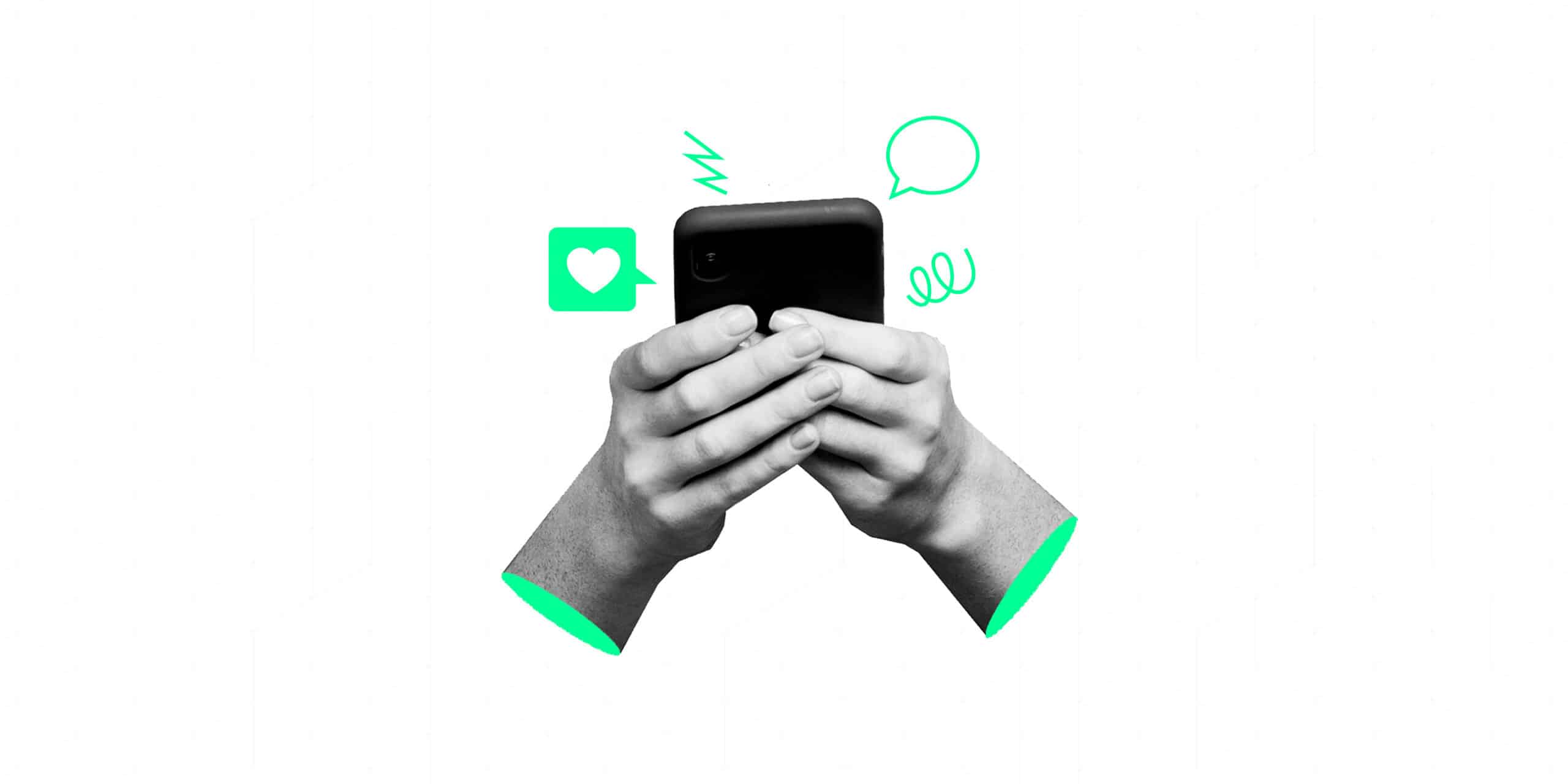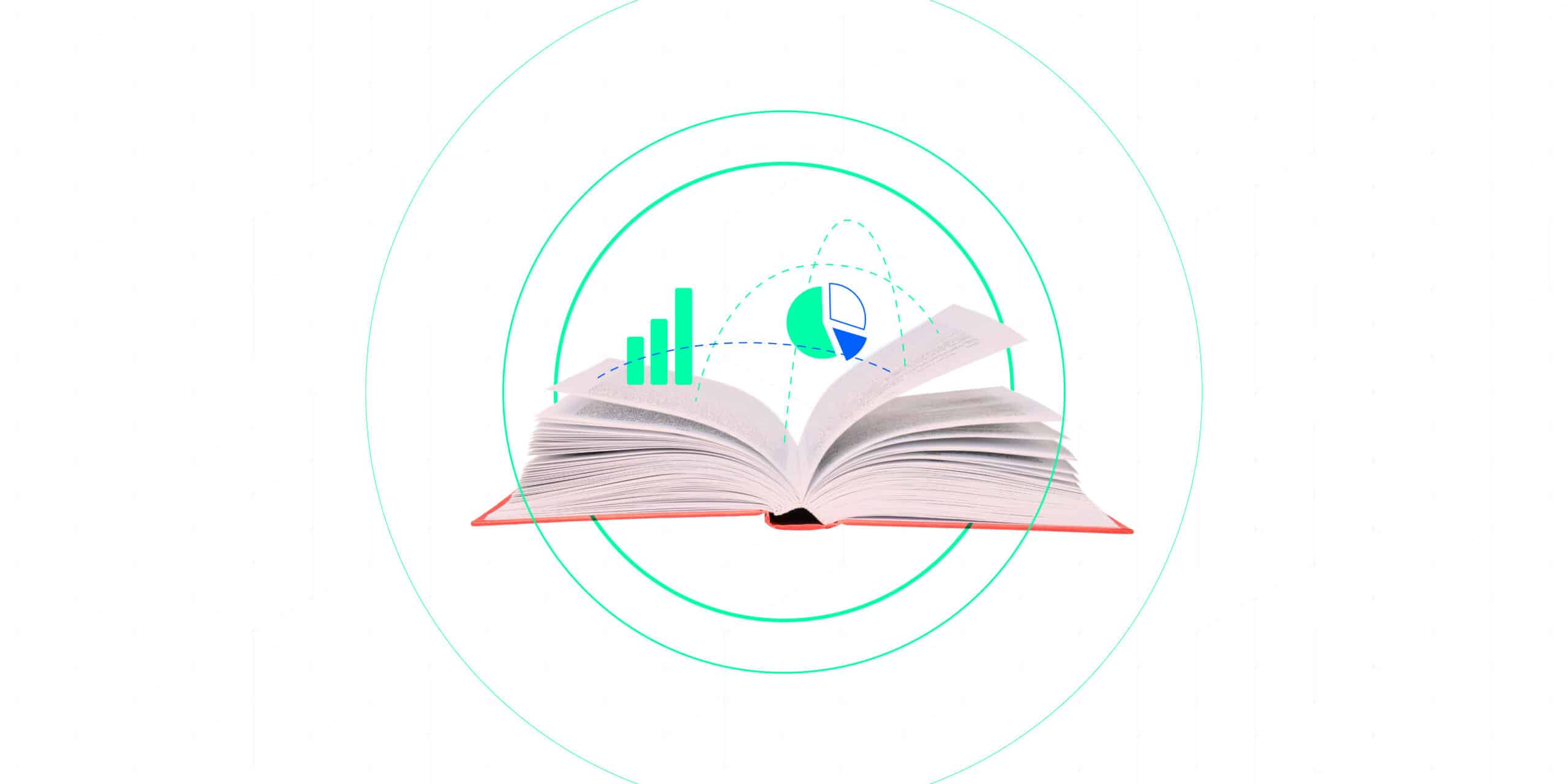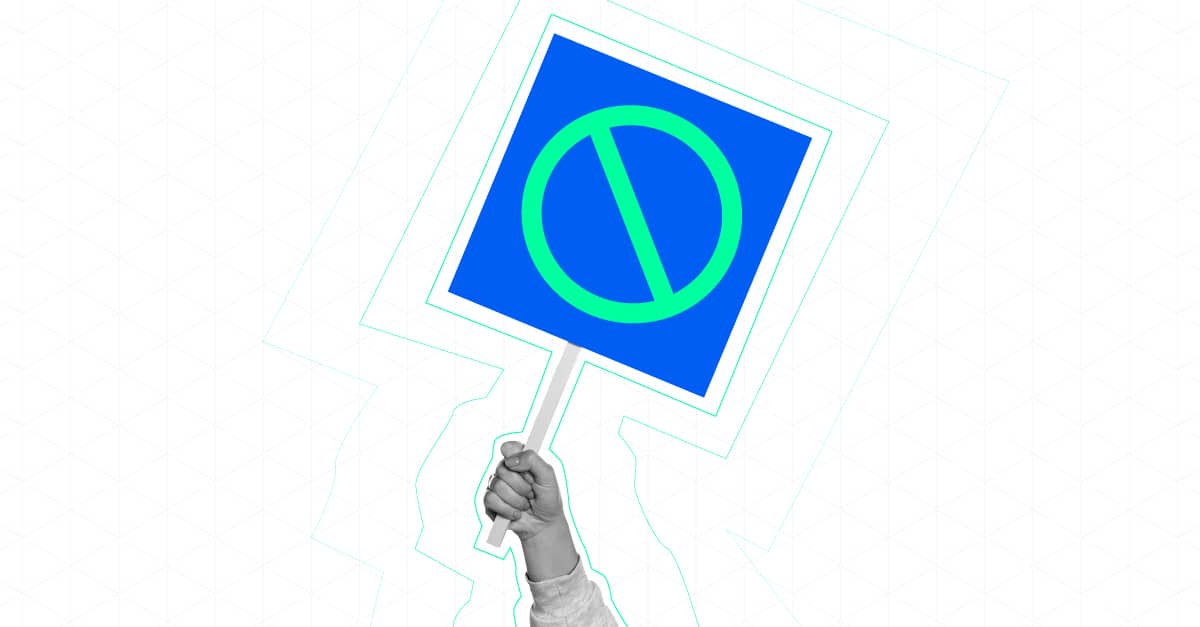Unless you’ve divested yourself of worldly affairs and gone to live off the grid, chances are you now have more information on US geography than you know what to do with, and that you’ve been particularly exasperated with Nevadan bureaucracy. Chances are the numbers 253 and 213 summon a very particular memory to your mind, too.
The US Election of 2020, in the course of which the Oval Office, the House and Senate were contested, was a sharp crystallisation of a point where several political, social and economic interests intersect. Every controversy and point of contention that has emerged and unravelled since the end of the 20<sup>th</sup> century has come hurtling at us from the deep business of US politics in the form of an unforgiving binary; a zero-sum game on either side of which millions of people were mobilised. The war of ideas that characterised the race has taken place in the ether, over trunk lines and in print, but the most ferocious battles were fought in the cyberspace.
Today, we will look at the long and serpentine digital path that got us here.
A Chatty Lot
“One research group, formed in 1976, was responsible for deciding what would be included in an email header. They called themselves the ‘Header People’ and created an unmoderated chat room to discuss the subject. The room became famous (or infamous) for the raucous and aggressive conversations held there. Arguments could flare up over anything. Ken Harrenstien, the academic who set up the group, would later describe them as a ‘bunch of spirited sluggers, pounding an equine cadaver to smithereens.’” – Jamie Bartlett, The Dark Net
In his 2014 book The Dark Net, British author Jamie Bartlett describes emerging cyber phenomena we’re all too familiar with in 2020. The battle for ideas, Bartlett writes, had already started, with several cases of political groups moving online to spread the message, influence others, and make an impact. Online chat rooms have been available for public access since the introduction of the Bulletin Board Systems (BBS) in 1978, but it wasn’t until Sir Tim Berners-Lee’s invention of the World Wide Web (WWW) that the Internet became accessible to every person with a modem-equipped computer, anywhere in the world.
Fast-forward a few years, message boards, relay-chat clients and chat rooms of all brands had spread like wildfire. People everywhere were taking the first steps into the digital communications pond, which back then may have heralded a lot of hope and been infused with its own distinct nature, but was still susceptible to the same complications that arise with any form of human interaction. People talked in chat rooms and message boards, but there were very few examples of large-scale politically motivated assembly on the Internet, perhaps as a result of the novelty of experience and the lack of the technical means to share content on the scale we’ve known since 2010 at least. Back then, there was no such thing as ‘going viral’, much less any meaningful way of measuring whether or not something had indeed gone viral. Such was the case throughout nineties, across the dot-com boom and consequent crash, and well into the second half of the first decade of the 21st century.
The Transformation
Chat clients and communications were born to serve a function that now seems almost comical. Early forays into the cybersphere were individualistic experiences in the course of which users logged in to chat with strangers. There were no profiles, history, a hint of a user’s leanings, or the increasingly interconnected network of personally identifiable information you could find everywhere nowadays. Anonymity was the first and foremost characteristic of this new mode of communication. You could choose to tell someone your name or not, and anyone could be anything. As The New Yorker’s cartoonist Peter Steiner deftly put it in his 1993 comic, ‘on the Internet, no one knows you’re a dog’.
Nowadays, however, everyone on the Internet knows if you’re a dog. You will probably agree if you can’t recall the last time you were up late at night in some chat room or other, typing ‘ASL?’, or if you can’t remember the last time you talked to an online stranger at all. In 2020, very few platforms afford that kind of anonymity, such as reddit and Twitter, but the exchanges that go on there are not motivated by a pursuit of new friendships. Rather, they are casual but purposeful brushes against the outlines of strangers in the digital subway.
What we have now are gigaplatforms where a never-ending barrage of information is hurled at us through the newsfeed. Not only do we now know everyone else, but we also know their likes, dislikes, favourite music, political attitudes, and stance on Hawaiian pizza. Whomever we don’t know are People We May Know, and every click is registered to guide the algorithm into pitching us new people, pages and products.
This has become widespread enough that not partaking in social media, or not having a profile on a certain platform, has become a political statement of its own, often drawing the ire of those of us who have helplessly succumbed to the widgeted luxuries of hyperconnectivity.
Having evolved linearly and without much deviation, this has been the social media landscape since the simultaneous death of Hi5 and MSN Messenger. What we have now are platforms that are advanced enough, intuitive enough, and popular enough to accommodate everything that is about to happen. It’s the year 2010, and everyone’s in a lazy but ongoing conversation that started in the early nineties. The world is a sleepy village yawning in the early evening, about to be caught unawares.
A Matter of Course
Suddenly, everything erupts. Popular uprisings take the world by storm, and social media platforms, Twitter and Facebook in particular, register the earliest instances of politically motivated social media weaponisation. People take to the chat rooms, private groups and comment sections to fight it out. The proliferation of smartphones, personal computers, and the widely available access to the Internet have all contributed to a meteoric rise in Internet penetration, and consequently, to joining the ranks of this or that side of the mountain. Unlike the early days of the Internet where users were mostly technology geeks, hobbyists and explorers who had to feel their way in the darkness of a fragmentary and evolving web, new users joining the cybersphere after 2010 were immediately onboarded to some platform or other, where it was all happening. A few years after that, buying a phone became joining social media, through tactically deployed bloatware that could not be uninstalled.
Staffed entirely by social media-savvy youth, the Obama re-election campaign of 2012 marked the first instance of institutional utilisation of social media for political communications and data gathering. Several months before election day, The Guardian notably wrote that ‘this will be the first election cycle in which Facebook could become a dominant political force’. The campaign’s effective use of the platform, among other things, eventually culminated in Barack Obama winning a second presidential term later that year. But he wasn’t going to be the last politician to use Facebook or other platforms for political messaging.
The unique dynamic that Facebook and other platforms have afforded politicians is that it was an ecosystem of its own, where the electorate was already online, dealing in politics, debating ideology, and engaging in a heated grassroots discourse. By the end of 2014, as the Internet Society Organisation reports, there were three billion people online, carrying their beliefs, ideals, and attitudes wholesale to the cybersphere. This is a sizable chunk of world population, many of whom have voting powers, and informing them is worthy of any organisation’s pursuit.
A lot has been written on how the Internet has changed since the early 2010s, but the pivotal moment, which determined the course of that transformation, was in 2014, when several cases of successful Internet politicisation met the already-mature digital advertising model to produce, rather inevitably, such phenomena as troll farms, bot likes, fake news and other forms of manipulation.
Vast Robot Armies
“How much of the Internet is fake? Studies generally suggest that, year after year, less than 60 percent of web traffic is human; some years, according to some researchers, a healthy majority of it is bot. For a period of time in 2013, the Times reported this year, a full half of Youtube traffic was ‘bots masquerading as people’, a portion so high that employees feared an inflection point after which Youtube’s systems for detecting fraudulent traffic would begin to regard bot traffic as real and human traffic as fake. They called this hypothetical event ‘the inversion.’ – Max Read, How Much of the Internet is Fake?
The political process that preceded and surrounded the 2016 Brexit vote was infused with an endless stream of fake news and conspiracy theories, which some pundits are crediting with how the vote turned out. Similarly, the 2016 US election and Donald Trump’s shock victory, have been long cited as the results of a major disinformation campaign mounted by a state actor, that is, Russia, attempting to influence the electoral outcome.
The election of 2016 was sealed into the zeitgeist as the date on which Internet-initiated movements, conspiracy theories, and subversive digital tactics have upended an election that had up until that point been presumed to be an egg in Hillary Clinton’s basket. Months before the primaries started, the conversation leading up to the election was characterised by such intensity that spilled out of digital echo chambers and like-minded groups to permeate the very fabric of personal relationships: long-time friends and family members were engaging in heated debates – equally infused with claims to the truth – that ran for days and culminated with blocks and deletes and don’t-ever-talk-to-me-agains, thus certifying a new relationship between the online and the offline where ideas had primacy, and personal history shrivelled and receded.
Fake news, a Trump-branded adage, was both his spiel and jet fuel. And it was in this digital environment that one of the Internet’s most notorious groups, namely QAnon, has emerged from the shadows of infamous board 4chan to surface-web platforms, amassing in the process jaw-dropping popularity, bringing into question where the line between freedom of expression and moderation (or even law enforcement) should be drawn.
We’re seeing more instances of manipulation every single day, which forced the hands of major technology firms to start placing notifications and disclaimers, shadowbanning controversial accounts, deplatforming fringe rhetoric, suspending political advertising in the midst of an election, and fact-checking political statements. Twitter in particular has stepped up its efforts to control what can be objectively classified as disinformation campaigns, mounted by verified accounts of senior politicians around the world, most notably Donald Trump.
The 2020 US Election was, and to some extent still is, a culmination of things that have started a long time ago, and are likely to endure for a long time after Joe Biden is sworn in as the 46<sup>th</sup> President of the United States. The numbers 253 and 213, the electoral votes won by Biden and Trump respectively, which remained short of the 270 required to win the election, were on TV screens for too long, eventually becoming anxiety fodder and sparking even more conversation about exactly what was going on. If you’ve received a meme about the US state of Nevada through your WhatsApp family group last weekend, in English, Arabic, Urdu, Hindi, Hungarian, French, or Spanish, then you know how far this has gone.
Without reliable data, we will have trouble issuing a firm pronouncement designating this election as the most heavily followed public spectacle of all time, but there’s every reason to believe it is: the volume of visual, auditory and written content produced over the past three weeks would need years of uninterrupted consumption to finish.
The result may not matter much to those without interest in politics, but let’s recognise the unmistakable impact of the machines and machinations of politics on everything we do: even the way we speak and which memes we share, and why.




